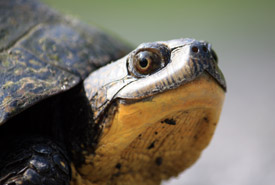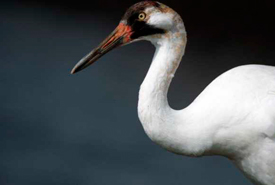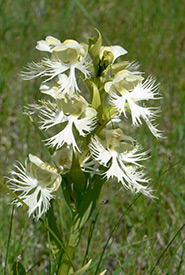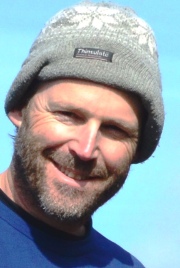Think globally, conserve locally

Blanding's turtle (Photo by Gabrielle Fortin)
At the beginning of May, representatives of 132 governments around the world released a United Nations report that issues a stark warning: the accelerating deterioration of nature is jeopardizing humanity’s collective future. The report is the most comprehensive-ever study of life on Earth. Four-hundred and fifty five scientists, researchers and experts have determined that the loss of global biodiversity — the sum total of plants, animals and ecosystems — is as serious a threat as climate change, and like climate change, is being caused by human activity.
The Global Assessment Report on Biodiversity and Ecosystem Services, by the UN’s Intergovernmental Science-Policy Platform on Biodiversity and Ecosystem Services (IPBES), found that the loss of natural habitats around the world has placed 1 million species at risk of extinction. With every species that is lost, the foundations of economies, food security and health are further eroded. This has potentially grave implications for human life.
The report is overwhelming in its scope and urgency. However it also provides hope, direction and practical solutions that can be put in place anywhere in the world. The report recommends transformative changes for governments, changes in our consumption patterns and massive investments in conservation and restoration. Without these efforts to protect habitat, many species could disappear within decades.
Related blog posts
By protecting the functioning ecosystems that still exist and restoring those that have been damaged, it is still possible to slow the decline in biodiversity and keep the benefits that nature provides to people. From flood control to climate regulation, these benefits are the foundations of our society. When we lose them, there are direct impacts on our economy and well-being.

Whooping crane (Photo from U.S. Fish and Wildlife Services/Flickr)
What can be done locally in the face of this seemingly overwhelming global challenge? The old environmental adage, “Think globally, act locally” applies. The first step is to recognize that our planet is changing rapidly because of biodiversity loss and climate change. The next step is to find ways to accelerate the protection of local biodiversity through every possible means.
The Government of Canada has committed to conserving 17 per cent of the country’s lands and inland waters. The federal Natural Heritage Conservation Program can help groups like the Nature Conservancy of Canada (NCC) protect more of our most important and threatened habitats. These habitats — from old-growth forests, to wetlands, salt marshes, prairie grasslands and estuaries — shelter some of our most endangered species.
There are over 70 species in Canada that are more threatened than the African elephant or giant panda. If we want to stop global extinctions, we need to start with the species in our own country. By accelerating habitat conservation in every province and territory in Canada, we can address both the biodiversity and climate crises. Perhaps most importantly, we can change our relationship with nature.

Western prairie fringed orchid (Photo by NCC)
There is hope. But we require a new conservation model that is woven into the fabric of our society if we are to address the devastating decline in plant and animal species highlighted by the UN. Community groups, civil societies and governments have been working to protect nature in Canada since Confederation. But we need to do more, and we need to act quickly.
Imaginative and elegant changes are needed to address both climate change and biodiversity loss. To transform to a sustainable society, nature conservation is essential. It is something all Canadians can do today, in every community in Canada.
Friday, May 17 is World Endangered Species Day. The UN report provides us with the motivation that we can all become part of the solution. We can start by supporting conservation projects and joining organizations that are actively working to protect nature and the interconnected life support systems that support nature and people.


